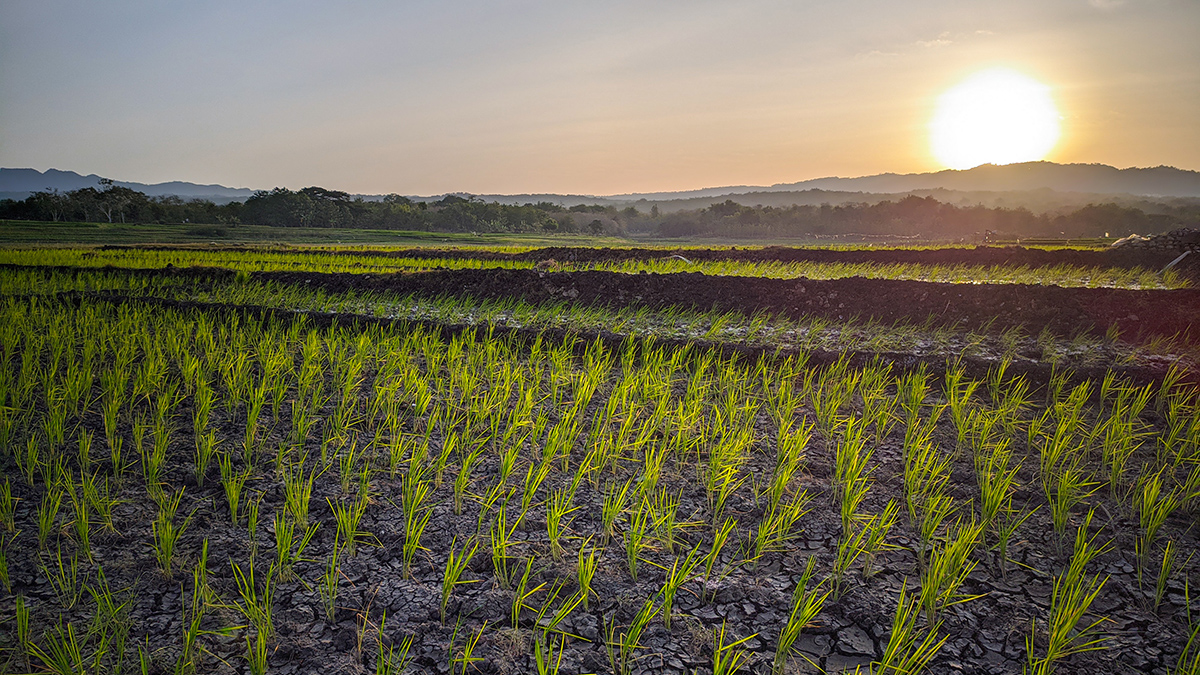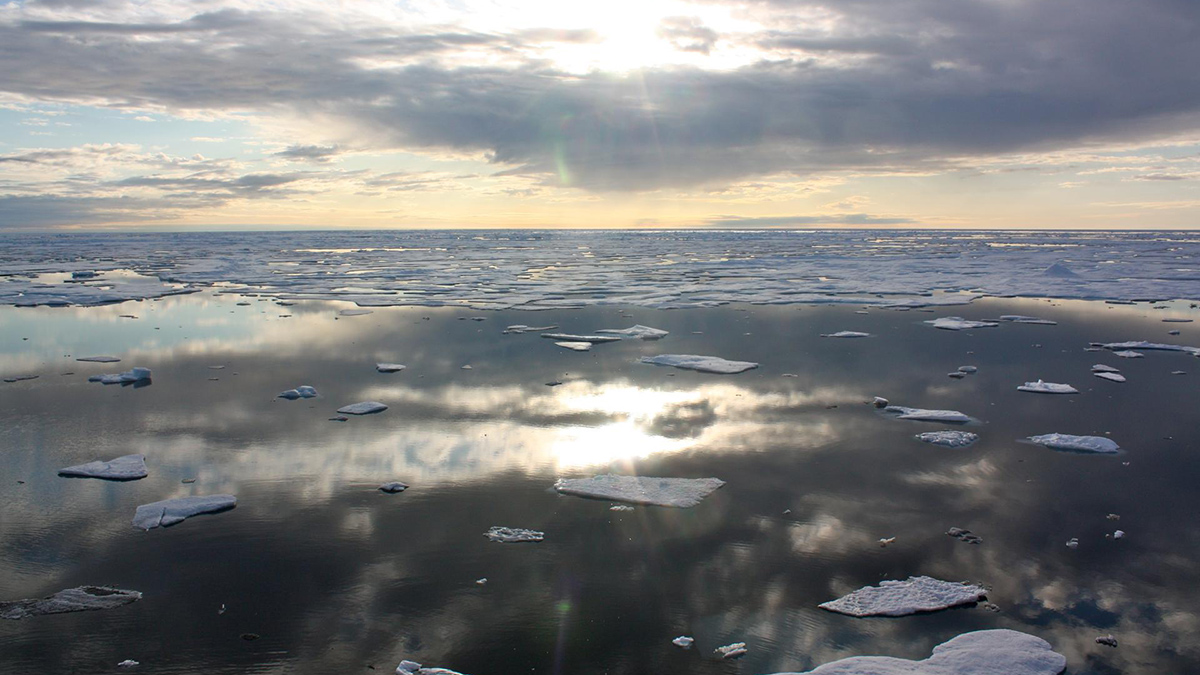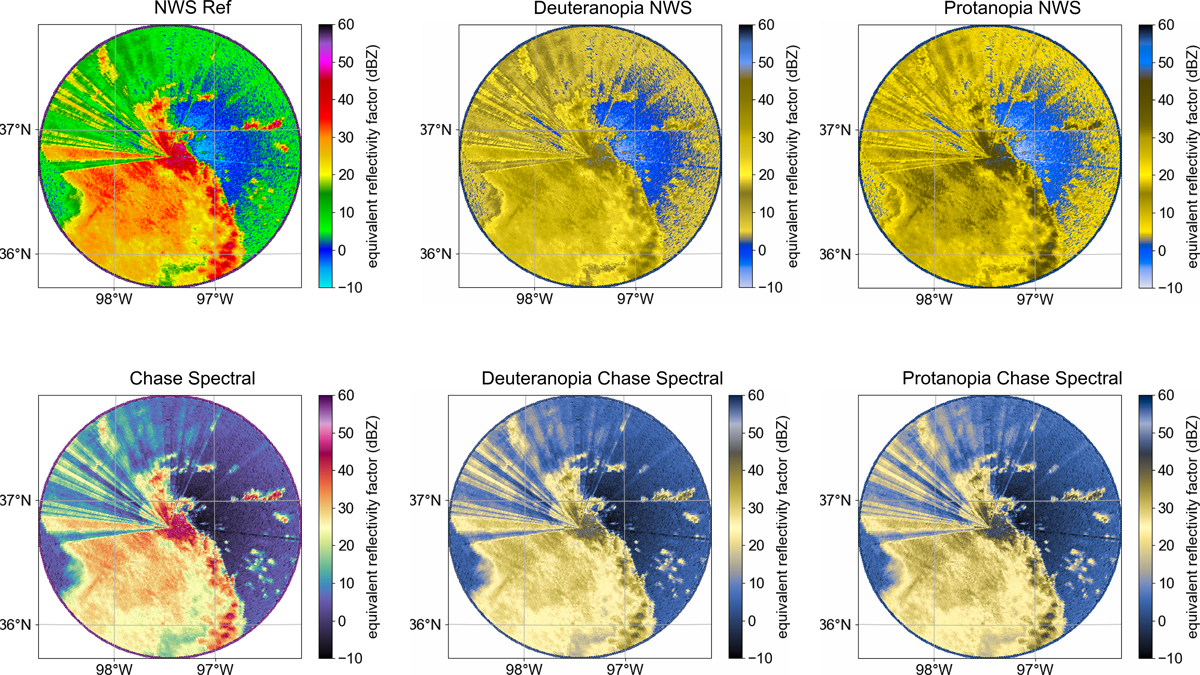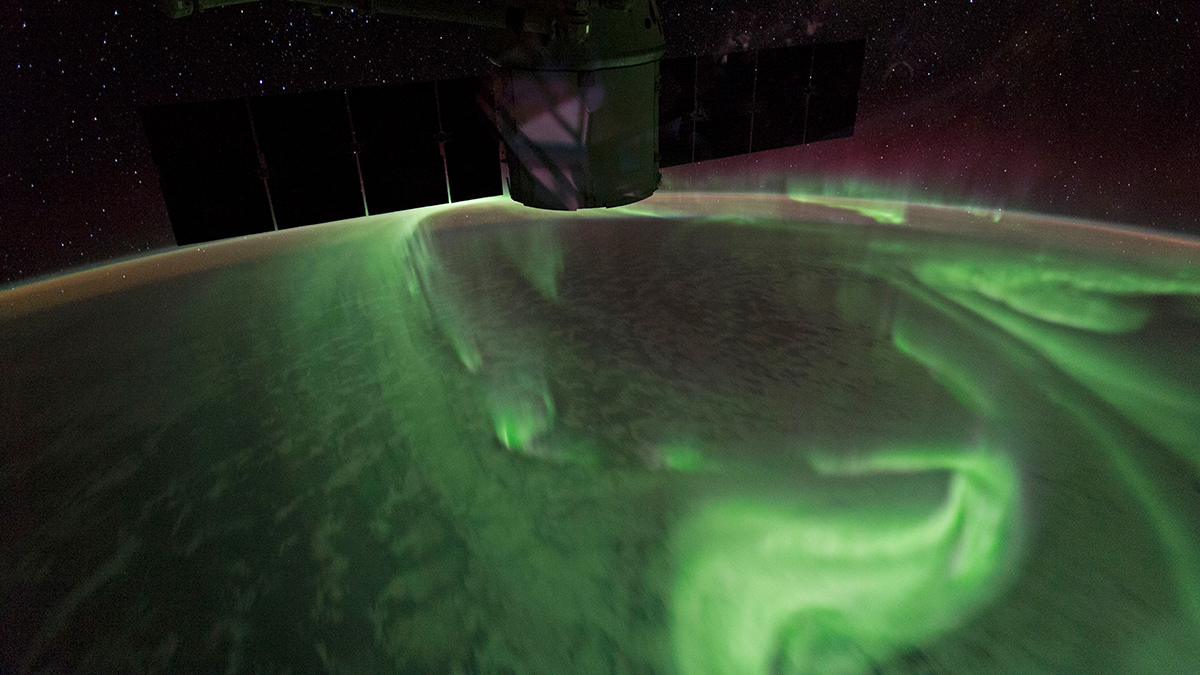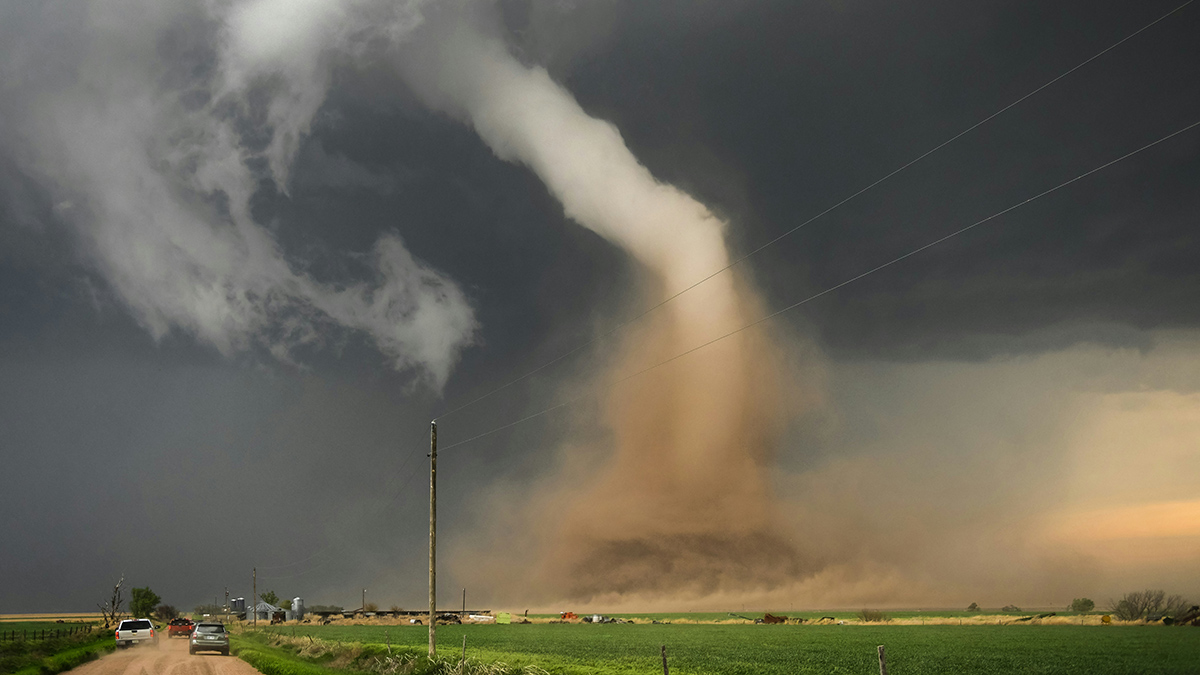Rapidly traveling between climate zones, all with different average temperatures, humidities, and oxygen levels, will place additional stress on players, staff, and spectators.
weather
Panama Canal Logistics Are at the Mercy of Weather and Climate
Regional weather variability and climate change make operating the canal a challenge.
Earth Scientists Are Crucial to International Development
Global development agencies traditionally hire experts in human systems. As these agencies focus more on climate and environmental initiatives, they need informed guidance from Earth system scientists.
Another Hot Arctic Year Indicates a New Climate Regime
NOAA’s annual Arctic Report Card illustrates a warmer, wetter, and increasingly wonky Arctic climate.
The Arctic’s Uncertain Future
Over the next century, the Arctic will change and look much different than it does today. Just how different is still unknown.
Many of the World’s Cities Have Gotten Wetter
Dense populations, aerosols, and cities’ tendency to raise temperatures contribute to higher levels of precipitation in urban areas than surrounding rural areas.
Machine Learning Could Improve Extreme Weather Warnings
A deep learning technique could reduce the error in 10-day weather forecasts by more than 90%, allowing communities to better prepare for extreme events such as heat waves.
Putting Accessibility on the Map
New research demonstrates how to make radar maps more easily interpretable for people with color vision deficiency.
The Surprising Factor Making the United States a Tornado Hot Spot
The roughness of terrain far upstream of where tornadoes occur can affect their formation. It could be what drives the contrast in tornado activity between North and South America.



